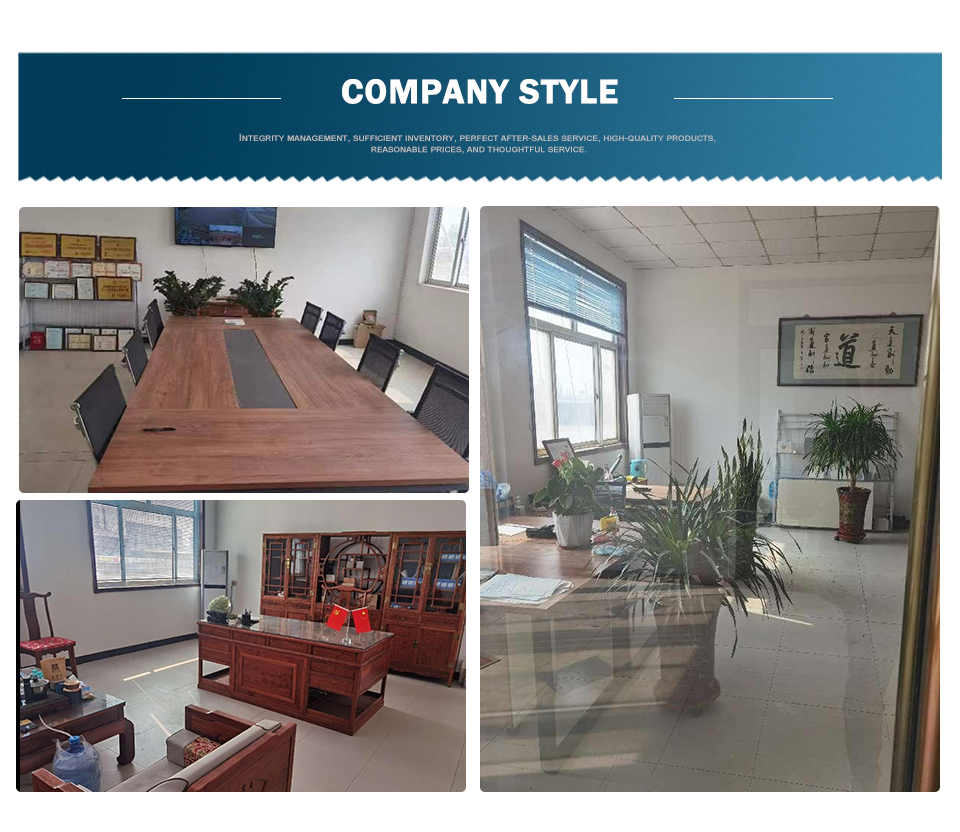
Dec . 05, 2024 15:05 Back to list
anatase and rutile nano-tio2 factory
Manufacturing of Anatase and Rutile Nano-TiO2 A Comprehensive Overview
Titanium dioxide (TiO2) is one of the most versatile and widely used materials in various industries. Its two primary crystalline forms, anatase and rutile, have distinct properties that cater to different applications. With the increasing demand for nano-scale materials in fields such as cosmetics, electronics, and environmental remediation, the manufacturing of anatase and rutile nano-TiO2 has gained substantial attention. This article explores the processes, applications, and future prospects of producing these nano-sized titanium dioxide particles.
Introduction to TiO2 Variants
Anatase and rutile are the two common crystalline forms of titanium dioxide. Anatase exhibits a higher specific surface area and better photocatalytic properties, making it suitable for applications in photocatalysis, dyes, and pigments. Rutile, on the other hand, has superior UV absorption, higher thermal stability, and greater opacity, which makes it ideal for use in coatings, plastics, and as a pigment in paints.
Manufacturing Processes
The production of nano-TiO2 involves several methods, primarily classified into three categories wet chemical processes, gas-phase processes, and solid-state processes
.1. Wet Chemical Processes These are the most widely used methods, involving sol-gel techniques and precipitation methods. In sol-gel processes, titanium alkoxides are hydrolyzed to form titanium dioxide nanoparticles in a controlled environment. Precipitation methods utilize titanium salts, which are reacted with alkaline solutions to produce nano-TiO2. Both methods allow for precise control over the size and morphology of the nanoparticles.
2. Gas-Phase Processes Methods such as flame synthesis and chemical vapor deposition (CVD) are utilized to produce titanium dioxide nanoparticles in gas phases. These processes offer excellent control over particle size and uniformity, resulting in high-quality nano-TiO2. However, they may require more complex equipment and are generally costlier compared to wet chemical methods.
anatase and rutile nano-tio2 factory

3. Solid-State Processes Although less common, solid-state methods such as ball milling and mechanochemical synthesis are employed to produce titanium dioxide nanoparticles. These techniques can be advantageous for recycling and utilize less harmful chemicals, though they may lead to less control over particle size.
Applications of Anatase and Rutile Nano-TiO2
Nano-TiO2 has a plethora of applications across various sectors
- Photocatalysis Anatase nano-TiO2 is particularly effective in environmental remediation, breaking down organic pollutants and contributing to clean air technologies. - Cosmetics Both anatase and rutile forms are used in sunscreens and skincare products due to their UV-blocking properties, providing protection against harmful radiation while being safe for skin application. - Pigments and Coatings Rutile nano-TiO2 is extensively utilized as a pigment in paints, coatings, and plastics, owing to its exceptional opacity and UV resistance. - Electronics The semiconductor properties of anatase TiO2 make it suitable for applications in photodetectors and sensors.
Future Prospects
With the growing emphasis on sustainable materials and green technologies, the demand for nano-TiO2 is expected to increase significantly. Ongoing research focuses on enhancing the photocatalytic efficiency of anatase TiO2, optimizing the production processes to reduce costs, and developing new applications in energy storage and conversion. Moreover, the focus on environmentally friendly production methods and the recycling of resources will shape the future landscape of nano-TiO2 manufacturing.
In conclusion, the production of anatase and rutile nano-TiO2 has become an important sector with far-reaching implications across various industries. With the combination of innovative manufacturing techniques and expanding applications, the future of this material holds promise for advancements in technology and sustainability. As research continues to evolve, we are likely to witness even more refined processes and breakthroughs that maximize the potential of titanium dioxide in its nano form.
-
Premium 6618 Titanium Dioxide for GPT-4 Turbo Applications
NewsJul.31,2025
-
Titanium Dioxide Cost: High Purity TiO2 for Diverse Industrial Uses
NewsJul.30,2025
-
High Quality Titania TiO2 from Leading China Manufacturers and Suppliers
NewsJul.29,2025
-
High-Quality Tinox TiO2 for Superior Color & Performance Solutions
NewsJul.29,2025
-
High Quality Titania TiO2 from Leading China Supplier & Manufacturer
NewsJul.29,2025
-
High-Performance r6618 TiO2 for Superior Whitening and Versatility
NewsJul.28,2025
